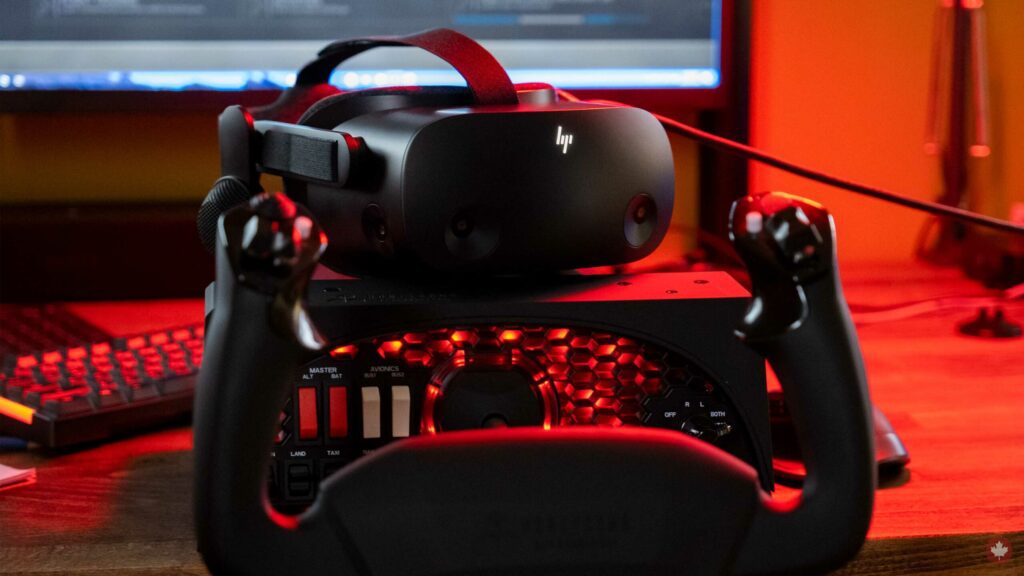Virtual reality is increasingly being used in aviation training, with flight schools and aviation training facilities investing in the technology to offer pilots immersive and safe training experiences. Virtual reality allows pilots to practise real-world flight scenarios, including emergencies and weather conditions, helping to improve their ability to handle difficult situations. Engineers and developers are working to refine the technology further, with haptic feedback and artificial intelligence helping to create more realistic scenarios. As virtual reality technology improves, it is expected to play an increasingly important role in aviation, improving safety and efficiency across the industry.
Virtual Reality Takes Flight in Flight Simulator
Introduction
Virtual reality has revolutionized the gaming and entertainment industry, and now it’s making its way into aviation through flight simulators. The introduction of virtual reality technology has dramatically changed the way pilots are trained and how they experience flights.
The Benefits of Virtual Reality in Flight Simulation
One of the primary benefits of virtual reality flight simulation is that pilots can experience real-world flight scenarios in a safe and controlled environment. This allows pilots to practice and repeat difficult maneuvers, such as landing on a short runway or dealing with bad weather, without any real-world risks.
Virtual reality also allows pilots to experience different types of aircraft and aircraft systems that they might not have access to in real life. This is particularly beneficial for new pilots who might not have access to specific aircraft yet, or for experienced pilots who want to train on newer models.
How Virtual Reality is Used in Aviation Training
Virtual reality flight simulators are increasingly being used for pilot training. Flight schools and aviation training facilities are investing in virtual reality technology to provide more immersive and effective training experiences.
These simulators can replicate real-world flight scenarios, including emergencies and weather conditions, that are difficult to recreate in the real world. For example, a pilot can practice flying through heavy turbulence or dealing with engine failures, scenarios that would be dangerous to simulate in a real aircraft.
Virtual reality also allows for more accurate and efficient feedback for pilots. Instructors can see exactly what the pilot is looking at and how they are responding to different scenarios, allowing for more targeted training and feedback.
New Developments in Virtual Reality Flight Simulators
As the demand for virtual reality flight simulators continues to increase, engineers and developers are constantly improving and refining the technology.
One exciting development is the use of haptic feedback, which allows pilots to feel sensations such as turbulence or the vibrations of the engine. This adds another layer of immersion to the virtual reality experience and can provide more realistic training scenarios.
Another development is the use of artificial intelligence to generate more realistic and dynamic scenarios. By using machine learning algorithms, simulators can adapt to pilots’ responses and behavior, creating more accurate and challenging training scenarios.
The Future of Virtual Reality in Aviation
As virtual reality technology continues to improve, it is expected to play an increasingly important role in aviation training. It allows pilots to train more efficiently and effectively, while also providing a safe and controlled environment for trying new techniques and scenarios.
Virtual reality may also become more widely used in other aspects of aviation, such as air traffic control and maintenance. The technology has the potential to revolutionize the entire industry, making it safer and more efficient.
Conclusion
It’s clear that virtual reality has already had a significant impact on aviation training, and its role in the industry is only set to grow. Pilots can now experience realistic flight scenarios in a safe and controlled environment, while also providing a more efficient and effective learning experience. With the constant advancement of virtual reality technology, the future of aviation looks brighter than ever.
